Reactions to Sculpture
I am pleased to report that I have received a very positive response to yesterday's post on sculpture. Most people admitted, like me, that they knew very little about sculpture but loved it and, as G of Moorabbin said, enjoyed learning a little more about the differences between sculpture and statues.
K of Paddington reminded me of the works of British sculptor Henry Moore (1898–1986) and that here in Melbourne we are so lucky to have Draped Seated Woman to appreciate each time we visit the National Gallery of Victoria.
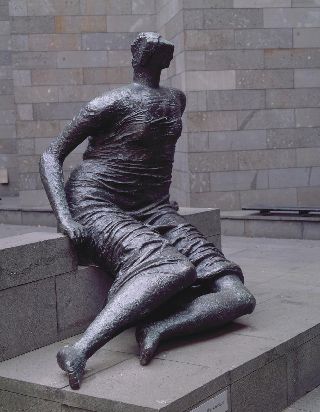
On 3 June 1960, the National Gallery of Victoria’s deputy director, Gordon Thomson, announced to the public the Felton Bequest's Committee recent acquisition of Henry Moore’s 'Draped Seated Woman'. His press release stressed the acquisition’s signal importance for the Gallery, noting, ‘The arrival of this work in Melbourne is an historic event of great importance. It is the first large-scale work to be imported for almost thirty years, and is unquestionably the finest piece of sculpture in this country’. To explain the artist’s intentions in making the piece, Thomson quoted Moore’s own comments of some twenty years earlier:
Beauty in the later Greek or Renaissance sense, is not the aim of my sculpture. Between beauty of expression and power of expression there is a difference of function. The first aims at pleasing the senses, the second has a spiritual vitality, which is for me more moving, and goes deeper than the senses. 1
And for some reason, this statue and these words reminded me of the wonderful statue to Sir Walter Scott by John Steell located inside the The Scott Monument in Princes Street, Edinburgh. This Victorian Gothic monument is the second largest monument to a writer in the world after the José Martí monument (see below) in Havana, Cuba.2
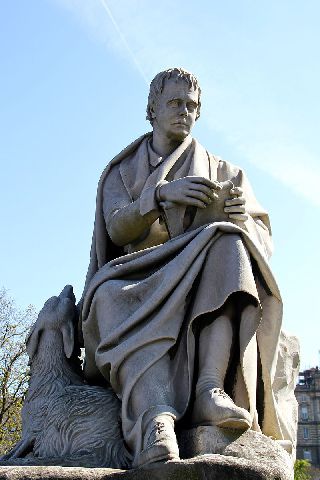
Sir Walter, novelist, playwright, poet and historian, is a favourite amongst those of us with a good dose of Scottish DNA. And did you know that Walter Scott was the nephew of Daniel Rutherford, the Scot who discovered nitrogen? Just one of those trivial facts that I like to throw in occasionally. What is even more important, however, is the inclusion of Scott's favourite dog Maida on the statue.
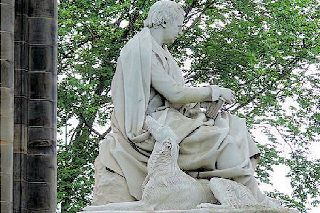
Maida was a deerhound given to Sir Walter Scott by a friend and would become his dearest canine friend. Outside the door of Abbotsford, Scott’s home in the Scottish Borders, a statue of Maida lies with the words “Maidae marmorea dormis sub imagine Maida / Ante fores domini sit tibi terra levis” carved around it. Translated the words say: “Beneath the sculptured form which late you wore sleep soundly, Maida, at your master’s door.” 4
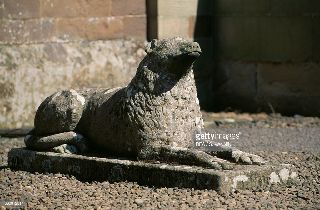
Scott was famous for his love of dogs, and they more often than not appeared in portraits with him. He cancelled a dinner engagement on the death of one, Camp, and buried him in sight of the window where he usually wrote. The friend who had expected Scott completely understood why he couldn’t face company that evening.4
Scott also gave his name to a breed of dogs, the Dandie Dinmont, which is named after a character (Dandie Dinmont) in Scott's novel, Guy Mannering. This character was probably based on James Davidson who is credited as the originator of the modern breed. 4 More interesting, yet totally irrelevant, facts for you to use at your next trivia night!
And this is the José Martí Memorial mentioned above and which is the largest monument to a writer in the world, located on the northern side of the Plaza de la Revolución in the Vedado area of Havana. It is a memorial to José Martí, a national hero of Cuba consisting of a star-shaped tower, a statue of Martí surrounded by six columns, and gardens. 2
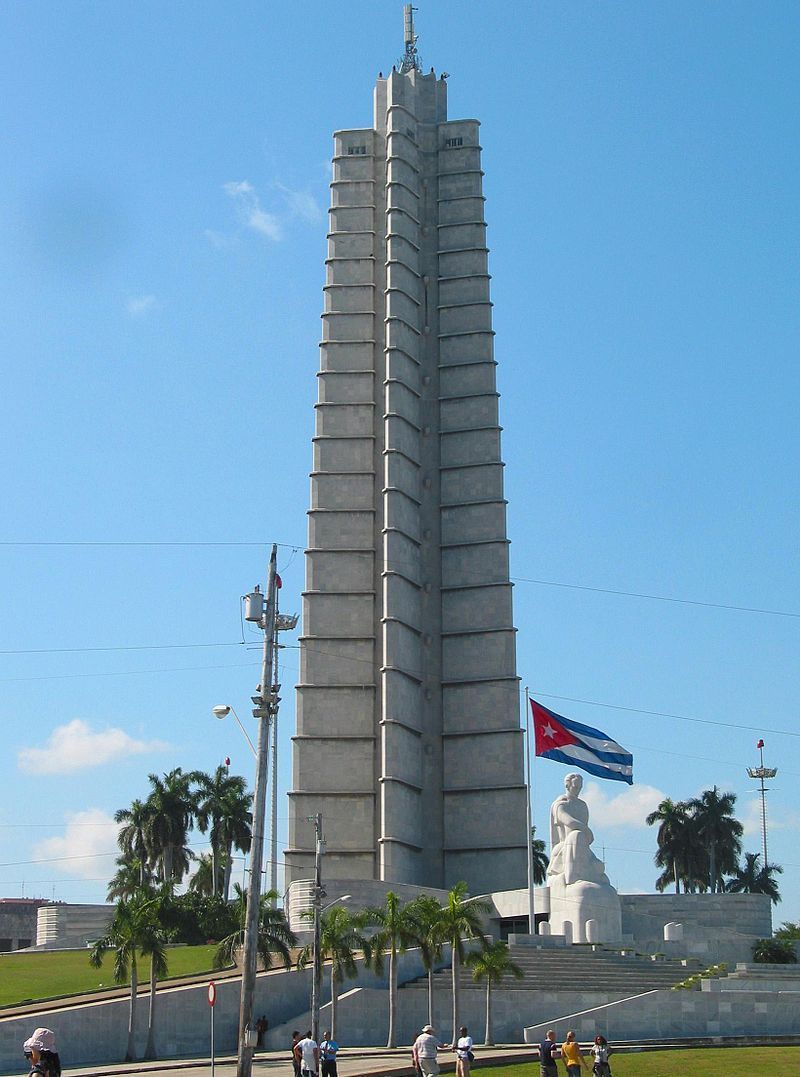
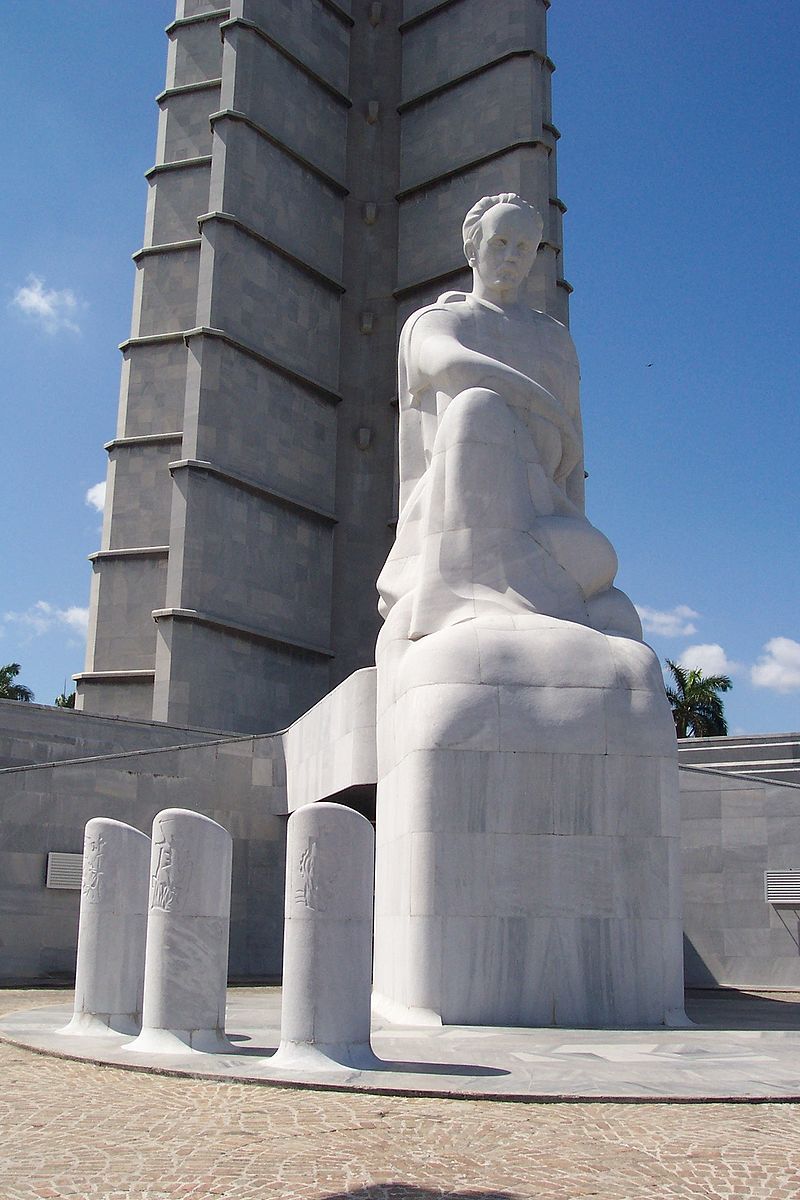
Jane is on her tour of the UK but had time to respond to the posts on sculptures, plus adding a little more to our knowledge about paintings.
Jane says: "Loved the post on sculptures and the differences to statues. The first sculpture that comes to my mind is The Thinker by Rodin. I’ve seen examples in the Rodin museum in Paris and also the McClelland Gallery in Melbourne. It’s a simple pose and yet always promotes food for thought, which I guess is what Rodin wanted to achieve". You can also review an earlier post on Rodin.
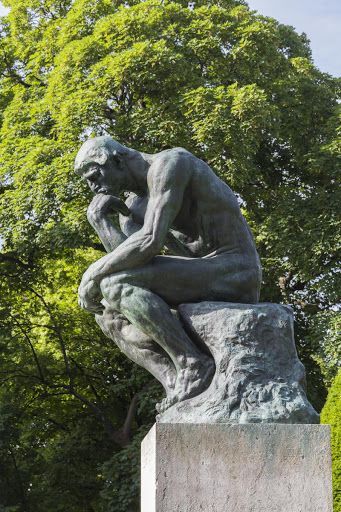
Jane continues:
My other favourite is David - I think he would be considered a statue. Way back in 1988 I had the joy of visiting the Accadamia in Florence just after Christmas - no tourists there at all, as I walked along the corridor of the unfinished works, figures of slaves emerging from the blocks of marble...
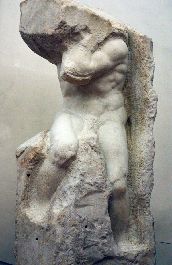
...and then to see David - I had him to myself for at least 10 minutes and even today I get goosebumps remembering his powerful physique - a true marvel!
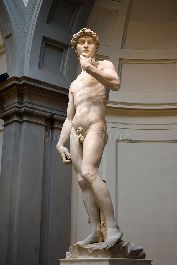
David is a remarkable sculpture which, in the opinion of many, has never been equalled. Michelangelo was certainly touched by the hand of God!
Back to Jane: In the Cotswolds we visited the village of Broadway and I found an amazing art gallery - Christie House - a Matisse drawing and a wonderful study featuring three female heads - impressionist artist named Helleu, whom I have never heard of. Nothing under £30,000, a little out of my price range.
Like Jane, I have never heard of Paul César Helleu. An internet search tells us he was a French oil painter, pastel artist, drypoint etcher, and designer. From all accounts he is best known for his portraits of beautiful society women of the Belle Époque. But he also conceived the ceiling mural of night sky constellations for Grand Central Terminal in New York City. Thank you Jane for discovering him. I do not know when the American flag was placed in the centre of the ceiling.
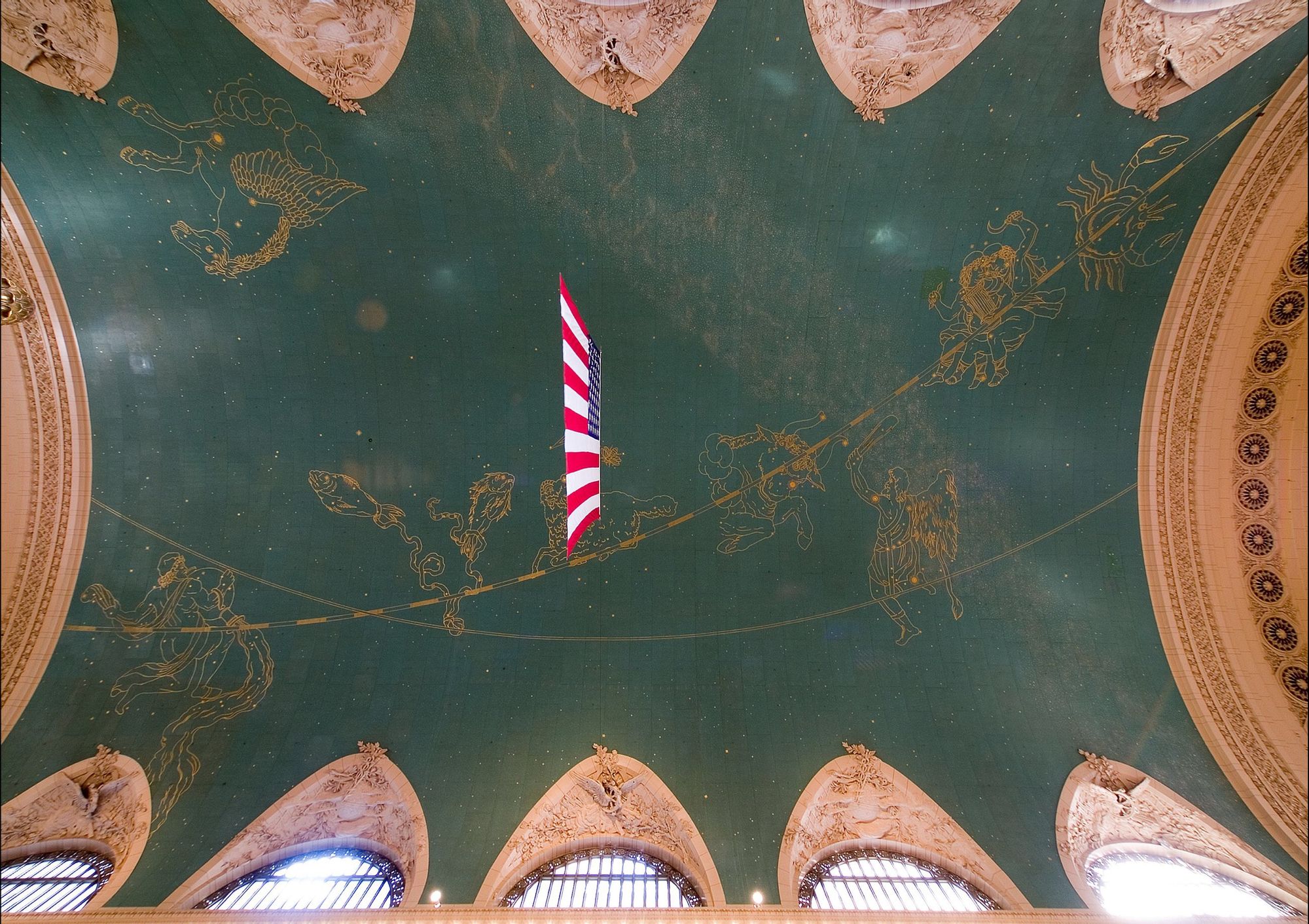
However this post aimed to be about sculptures and so we must end on that note. To my delight although Jane's newly discovered artist Paul César Helleu did not make sculptures, he did paint pictures of them. And so we conclude with
Autumn in Versailles (Automne à Versailles) by Paul César Helleu, created in about 1897.
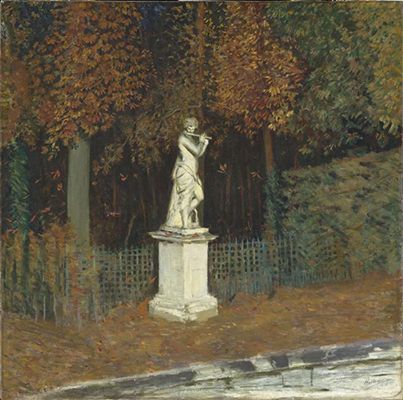
Credits
- ngv.vic.gov.au
- en.wikiedia.org
- cityofliterature.com
- cityofliterature.com
- musee-rodin.fr
- accademia.org
- dreamstime.com
- laclefdescoeurs.tumblr.com
